- Hardiness Zone: 2-9 Biennial Typically Grown As An Annual
Seed Depth: 1/4 inch
Seed Spacing: 12–18 inches
Row Spacing: 18–24 inches
Sunlight: Full sun to partial shade
Days to Sprout: 7–14 days
Days to Maturity: 50–60 days
Growth Habit: Upright, leafy biennial grown as an annual
Sunlight: Thrives in full sun but tolerates partial shade, especially in warmer climates.
Soil Type: Prefers fertile, well-drained soil with a pH of 6.0–7.5. Add compost to improve fertility and moisture retention.
When to Plant: Sow seeds directly outdoors in early spring or late summer for a fall crop. For an earlier harvest, start seeds indoors 4–6 weeks before the last frost.
Direct Sowing: Plant seeds 1/4 inch deep, spacing them 12–18 inches apart in rows 18–24 inches apart. Thin seedlings to the desired spacing as they grow.
Indoor Sowing: Start seeds in trays and transplant when seedlings are 4–6 inches tall.
Succession Planting: Sow every 2–3 weeks for a continuous harvest of tender leaves.
Watering: Water consistently to keep the soil evenly moist but not soggy. Mulch helps retain moisture and regulate soil temperature.
Fertilizing: Apply a balanced fertilizer or compost at planting and again mid-season to encourage leafy growth.
Pruning: Harvest outer leaves regularly to encourage new growth and maintain plant health.
Pest and Disease Control: Monitor for aphids, cabbage worms, and flea beetles. Use organic pest controls and ensure proper spacing for airflow.
When to Harvest: Harvest leaves when they are 6–10 inches long, typically 50–60 days after planting. Baby greens can be harvested earlier.
How to Harvest: Use scissors or a knife to cut leaves at the base, leaving the central growing point intact for continuous harvests.
Seed Collection: Allow plants to bolt and form seed pods. Collect seeds once pods are dry.
Storing Seeds: Store seeds in an airtight container in a cool, dry place.
Why You’ll Love It
Colorful: Stunning blue-green leaves with vivid magenta stems make this one of the most eye-catching kales available.
Cold Tolerant: Grows best in cool seasons and sweetens after frost, making it ideal for fall and winter harvests.
Delicious: Milder and sweeter than curly types, with a tender texture that’s great both raw and cooked.
Versatile: Perfect for salads, sautés, soups, or crispy kale chips — and beautiful enough for ornamental use.
Plant Characteristics
Height: 24–36 inches
Growth Habit: Upright and open with flat, savoyed leaves
Leaf Color: Blue-green with pink to magenta midribs and veins
Days to Maturity: 60 days
Hardiness: Biennial grown as an annual
Flavor and Culinary Uses
Flavor: Sweet and mild, especially after frost; less bitter than many other kales
Culinary Uses: Excellent raw in salads or slaws, massaged with lemon, or cooked into soups, stir-fries, or baked as chips
Companion Planting Tips
Good Companions: Onions, celery, beets, and herbs like dill and chamomile
Avoid Planting Near: Strawberries and pole beans
Bonus Benefit: Adds bold color and structure to edible landscapes or ornamental beds
Common Issues and Solutions
Cabbage Loopers or Aphids: Use neem oil or row covers early to prevent damage
Tough Older Leaves: Harvest regularly to encourage fresh, tender growth
Slow Growth in Heat: Provide partial afternoon shade in warmer climates and mulch to retain moisture
Seeds Per Packet
| 500mg | Approximately 140 |
| 3g | Approximately 840 |
Why You’ll Love It
Colorful: Stunning blue-green leaves with vivid magenta stems make this one of the most eye-catching kales available.
Cold Tolerant: Grows best in cool seasons and sweetens after frost, making it ideal for fall and winter harvests.
Delicious: Milder and sweeter than curly types, with a tender texture that’s great both raw and cooked.
Versatile: Perfect for salads, sautés, soups, or crispy kale chips — and beautiful enough for ornamental use.
Plant Characteristics
Height: 24–36 inches
Growth Habit: Upright and open with flat, savoyed leaves
Leaf Color: Blue-green with pink to magenta midribs and veins
Days to Maturity: 60 days
Hardiness: Biennial grown as an annual
Flavor and Culinary Uses
Flavor: Sweet and mild, especially after frost; less bitter than many other kales
Culinary Uses: Excellent raw in salads or slaws, massaged with lemon, or cooked into soups, stir-fries, or baked as chips
Companion Planting Tips
Good Companions: Onions, celery, beets, and herbs like dill and chamomile
Avoid Planting Near: Strawberries and pole beans
Bonus Benefit: Adds bold color and structure to edible landscapes or ornamental beds
Common Issues and Solutions
Cabbage Loopers or Aphids: Use neem oil or row covers early to prevent damage
Tough Older Leaves: Harvest regularly to encourage fresh, tender growth
Slow Growth in Heat: Provide partial afternoon shade in warmer climates and mulch to retain moisture
Seeds Per Packet
| 500mg | Approximately 140 |
| 3g | Approximately 840 |

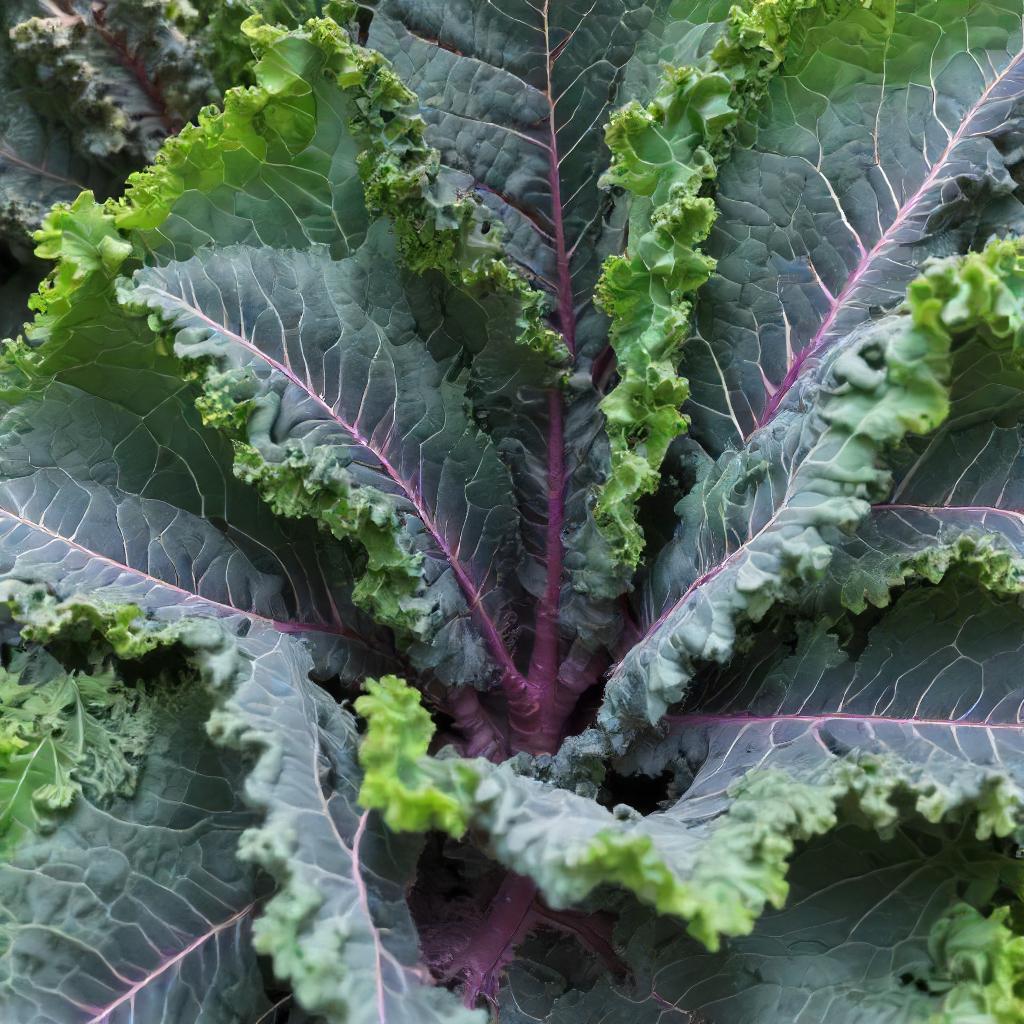
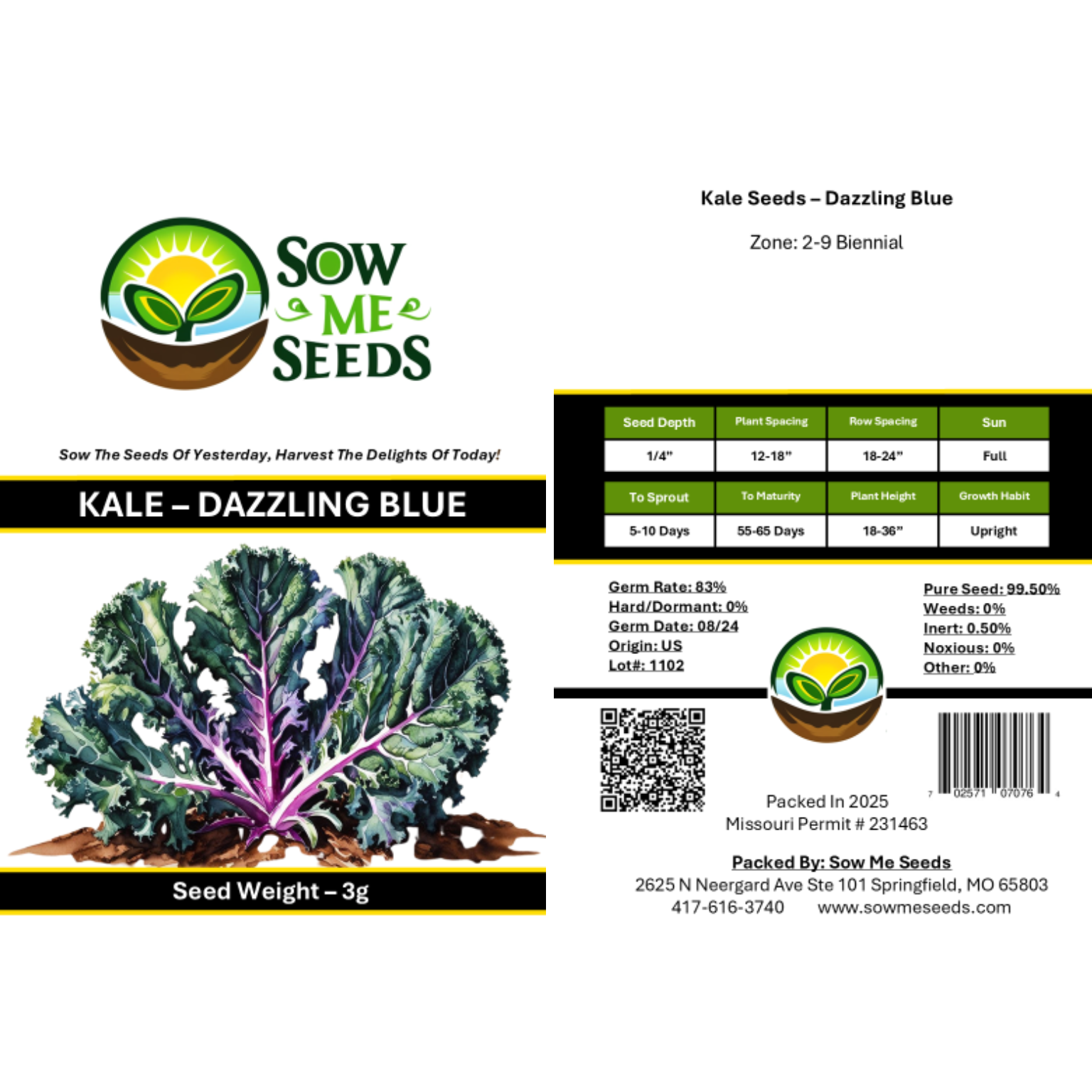
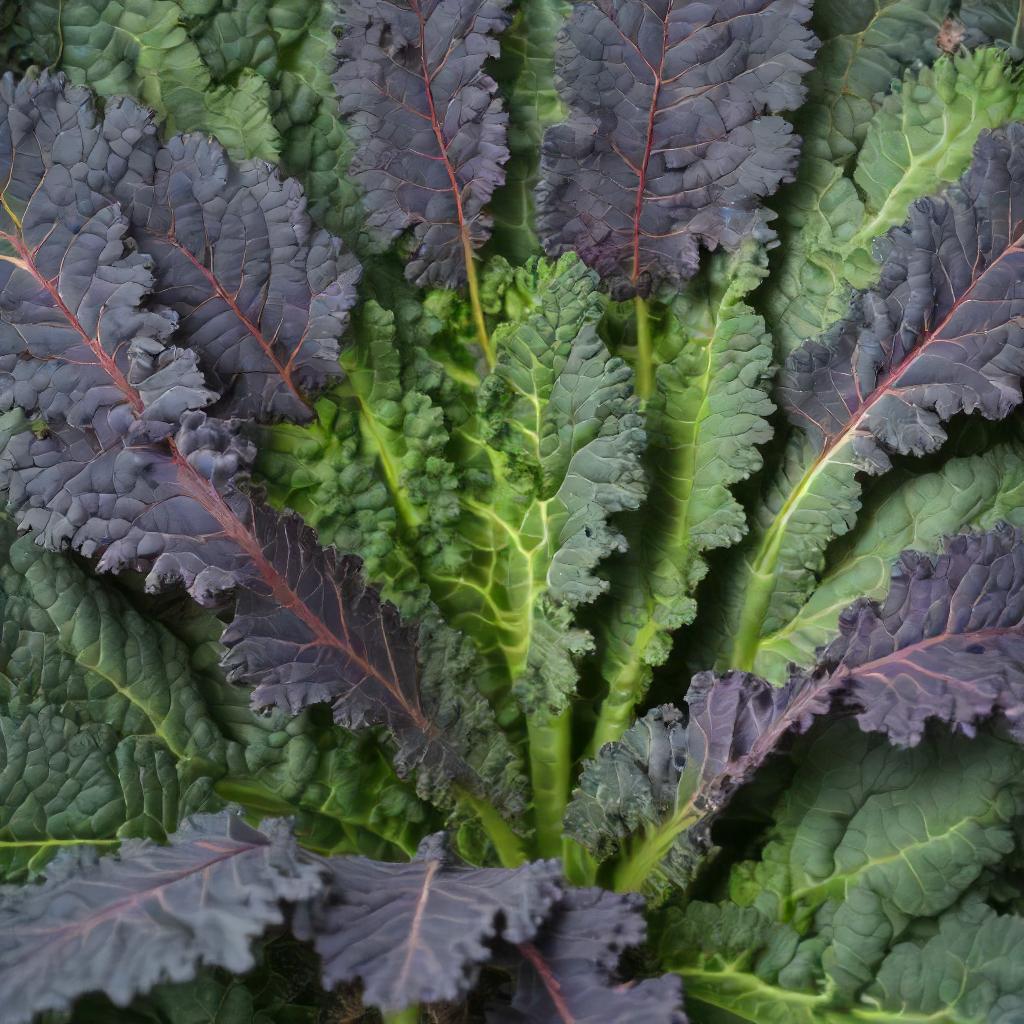
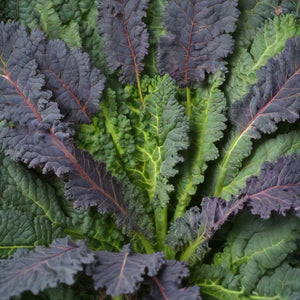
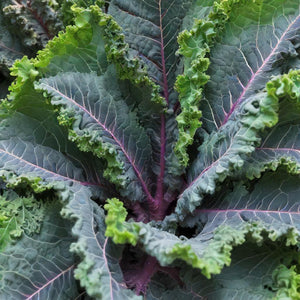
Share and get 15% off!
Simply share this product on one of the following social networks and you will unlock 15% off!